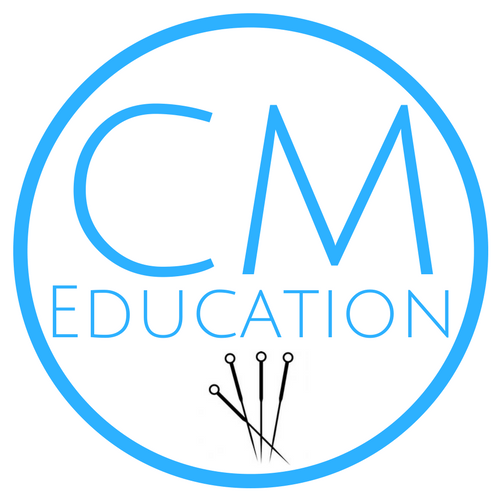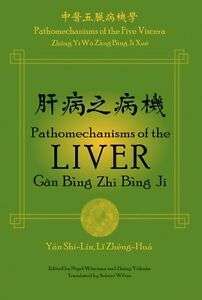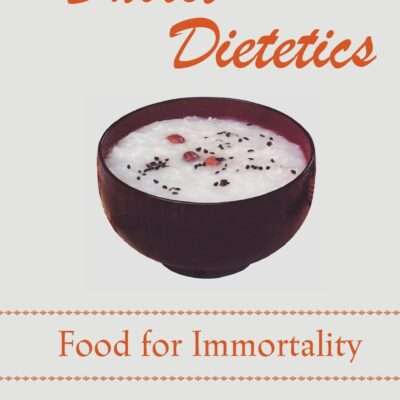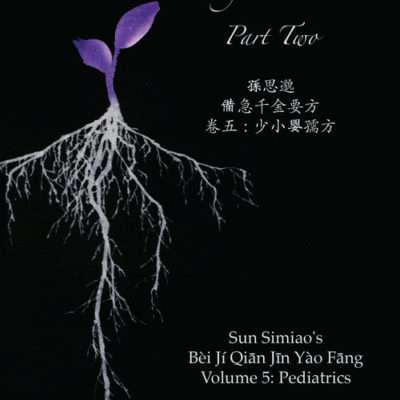Description
YAN Shi-Lin & LI Zheng-Hua
ISBN: 9780912111858
Paradigm Publications 2007 1st Edition
Pathomechanisms describe the dynamic process thro ugh which disease develops and transforms in the body. While pattern diagnosis provides the practitioner with a snapshot picture of the current state of illness, it is a thorough understanding of pathomechanisms that allows one to predict and prevent the progression of disease.
A comprehensive knowledge of the pathomechanisms involved in a given case allows treatment to be more holistic, preventative, and effective. In modern China, pathomechanisms have become a major focus of Chinese medical literature and education. Up to now, relatively little of this material has been transmitted to the West, and consequently many practitioners have failed to go beyond pattern diagnosis to examine the underlying disease process that produces the patterns. Thus, pathomechanisms are often described as a ‘missing link’ in a Westerner’s Chinese medical education. This series of texts devoted to pathomechanisms attempts to bridge this gap so that practitioners may advance their knowledge and reap the rewards of greater clinical success.
Pathomechanisms of the Liver describes repletion conditions of the liver, including liver qi depression, crosswise counterflow of liver qi, counterflow ascent of liver qi, downpour of liver qi, and evil scurrying in the sinews. It also presents liver vacuity conditions, including vacuity of liver blood, liver yin, liver qi, and liver yang. Each pathomechanism is described in detail with references to its historical development, then further differentiated by the specific aetiological factors. Each subsection discusses the origins and development of ideas relevant to this pathology, then gives the various symptoms, treatment strategies, and specific formulas, often with modifications to address the particular symptoms more directly. It is here that the author offers a review of relevant literature, spanning the entire range of traditional medical literature beginning with the early classics.
For each text, he gives the specific quotations and then paraphrases and explains it. This provides the reader a sense of the historical evolution as well as the various clinical perspectives on each pathomechanism. At the conclusion of each section, the author summarizes the information in a useful table that differentiates again by aetiology and then lists specific symptoms in each case. The appendices include a section on modern research, a Chinese-English bibliography in alphabetical order (with both classical texts and journal articles on modern research) and a Chinese bibliography organized by stroke number.





Reviews
There are no reviews yet.